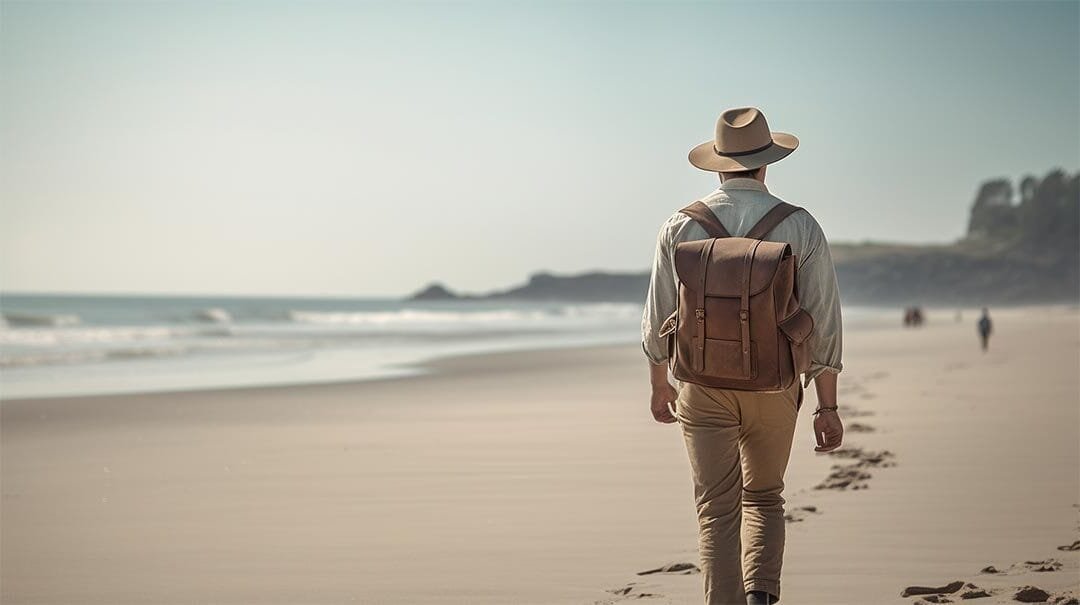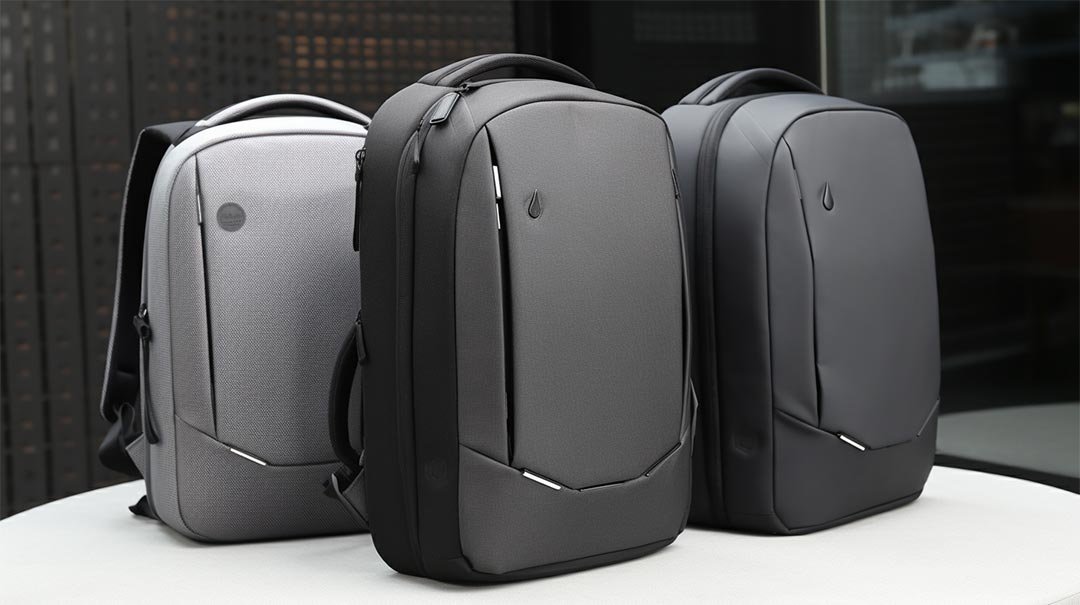Ever been on a trip where your backpack felt way too small? You cram in your gear, sit on it to zip it shut, and pray it doesn’t burst open mid-hike. Yeah, we’ve all been there. If you’re a purchasing manager like Andy, you know your customers hate that feeling too. So, what’s the solution? A massive, well-designed rucksack that actually fits everything—without the struggle.
The biggest rucksacks with the most space are typically expedition backpacks (80L+), duffel-backpack hybrids, and tactical military-style packs. These beasts are built for hauling serious loads, with features like expandable compartments, MOLLE webbing, and multiple access points. Want specifics? Let’s break it down.
Now, before you start picturing some clunky, unwieldy sack, hear me out. A big backpack doesn’t have to be a pain—it just needs smart design. And if you’re sourcing these for resale, you’ll want options that balance size, durability, and customer appeal.

What Makes a Rucksack “Big” in the First Place?
Big isn’t just about liter capacity (though that’s a huge factor). It’s about usable space. Some “80L” packs feel smaller because of poor compartment design, while a well-organized 60L pack might fit more.
Key features to look for:
- Expandable collars – Lets the bag grow when needed.
- Front-loading or panel access – No more digging from the top like a racoon in a trash can.
- External attachment points – For strapping on extra gear (tents, sleeping bags, you name it).
Pro tip: Check if the bag has load-bearing hip belts. A giant pack is useless if it kills the wearer’s shoulders.
Are Expedition Backpacks the Best for Max Capacity?
Expedition backpacks (like those used for mountaineering or long-haul trekking) are the undisputed kings of space. We’re talking 90L–120L—enough to fit gear for weeks in the wild.
But here’s the catch: They’re overkill for most people. Unless your customers are Arctic explorers or professional guides, a 70L–80L pack is usually plenty.
Still, if you want the biggest of the big, look for:
- Reinforced frames (aluminum or composite)
- Waterproof materials (because no one likes a soggy sleeping bag)
- Detachable daypacks (for versatility)
What About Duffel-Backpack Hybrids?
These are the SUVs of backpacks—huge, rugged, and kinda awesome. Brands like The North Face and Osprey make duffel-backpacks that hit 100L+, with the convenience of backpack straps when you need ‘em.
Why buyers love ‘em:
- Dump-and-go access (zippers that open wide)
- No-nonsense storage (great for travel, moving gear, or overlanding)
- Tough as nails (abrasion-resistant fabrics)
Downside? They’re not always the most ergonomic for long hikes. But for urban travelers or festival-goers, they’re a top pick.
Do Military-Style Rucksacks Offer More Space?
Tactical rucksacks (like the MIL-TEC 3-Day Assault Pack) are designed to carry everything—ammo, rations, survival gear, you get the idea. They often have 50L–80L capacity but feel bigger thanks to external webbing and modular attachments.
Bonus: They look cool (which sells well in certain markets).
Just make sure they’re civilian-friendly—no one wants to explain camouflage prints at airport security.
5 FAQs About Big Rucksacks
1. What’s the largest rucksack size available?
Expedition packs go up to 120L, but 150L+ monster duffels exist (for extreme expeditions).
2. Do bigger backpacks cost more?
Usually, yes—but bulk orders (like 500+ units) can slash costs. (Psst… we do that.)
3. Can you customize oversized rucksacks?
Absolutely. Want extra pockets, branded logos, or specific colors? That’s our specialty.
4. Are giant backpacks airline-friendly?
Most 100L+ packs exceed checked luggage limits, so buyers should check airline policies.
5. What’s the best material for a huge backpack?
Nylon 1000D or polyester with PU coating—durable, water-resistant, and long-lasting.
Conclusion
If you’re sourcing big, spacious rucksacks, focus on smart design over raw size. Look for expandable features, durable materials, and ergonomic support—because nobody wants a backpack that’s technically huge but a pain to use.







